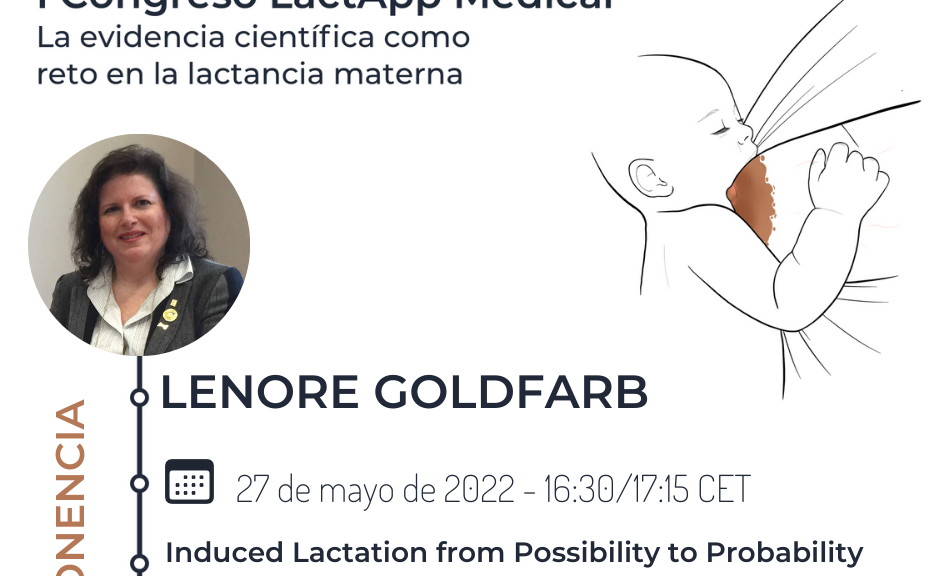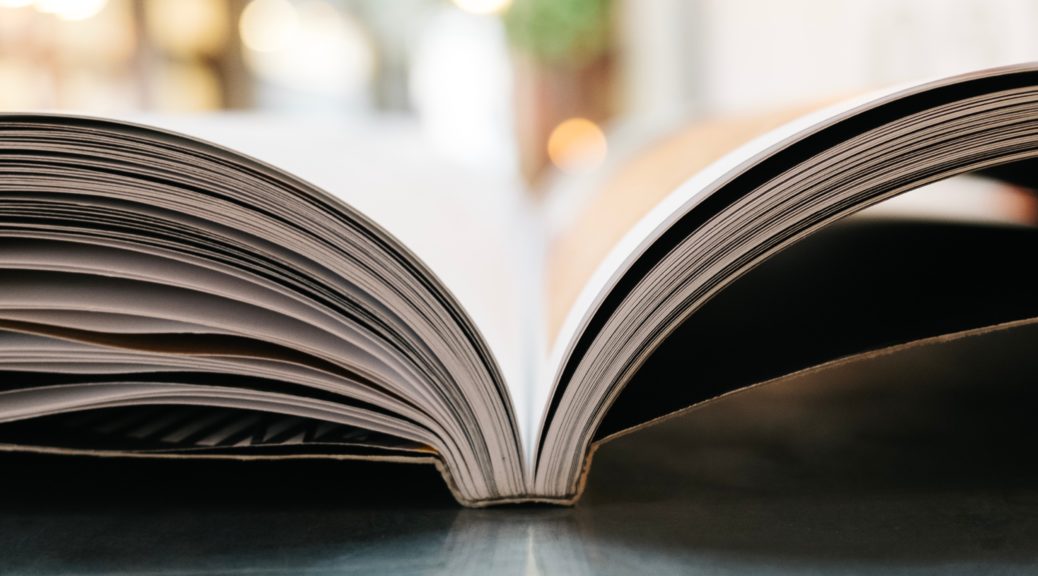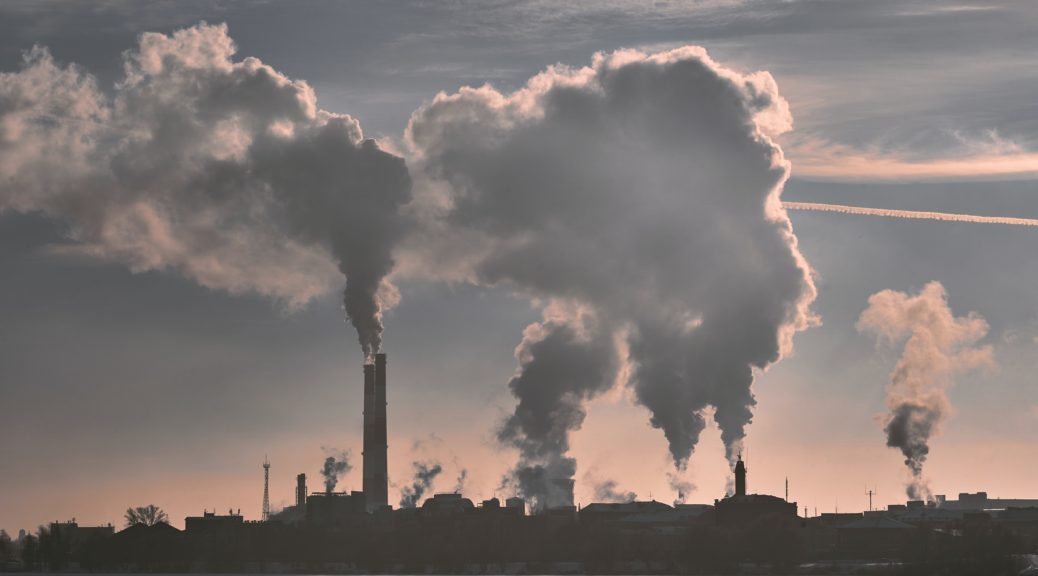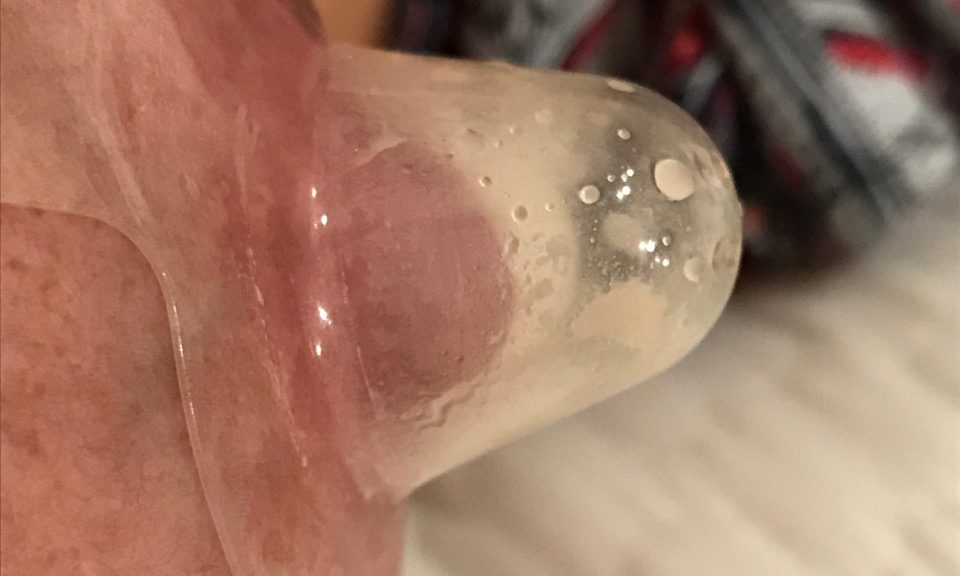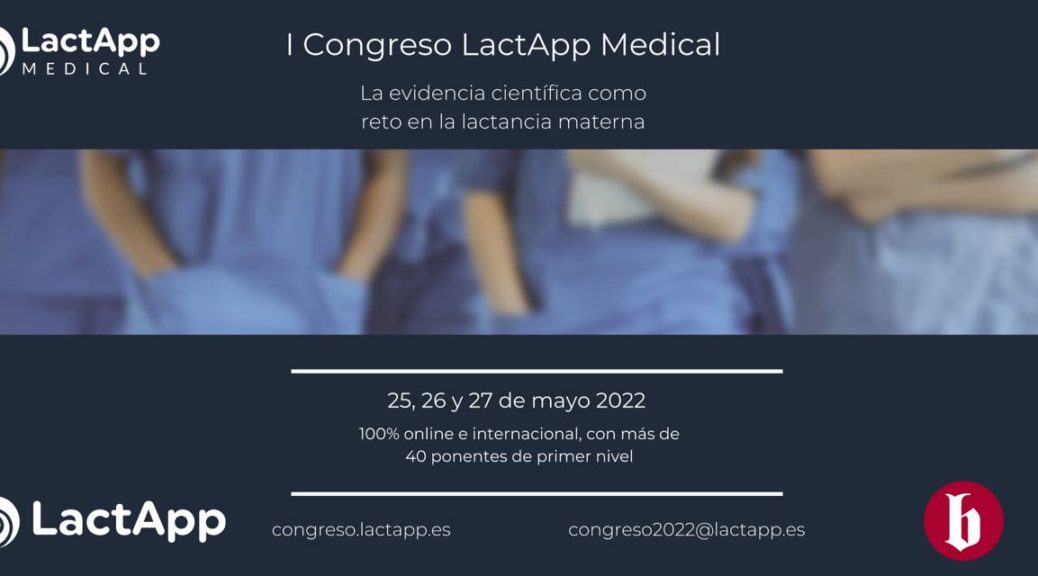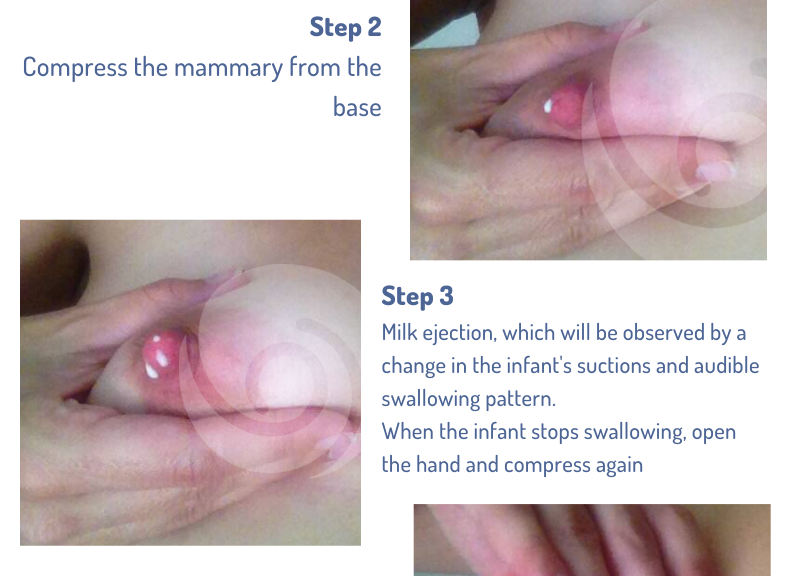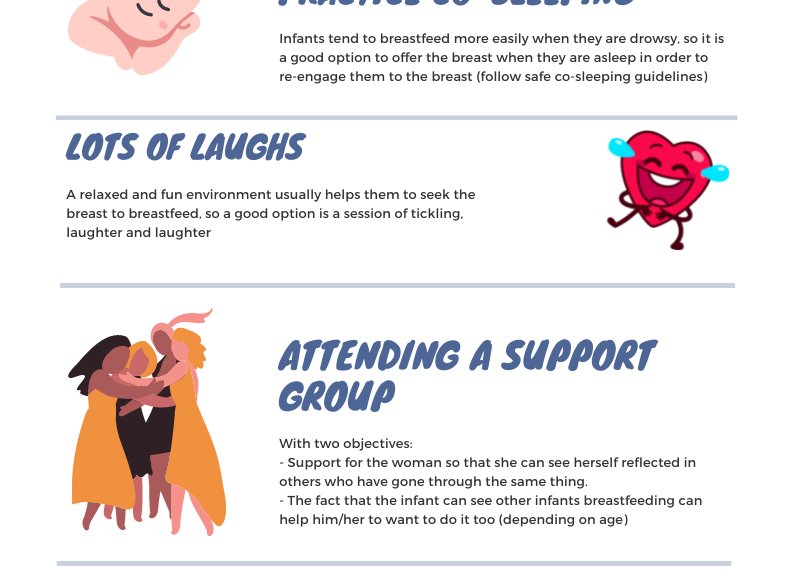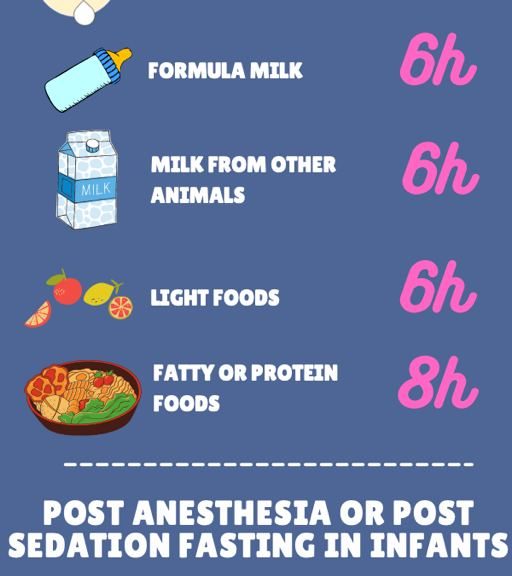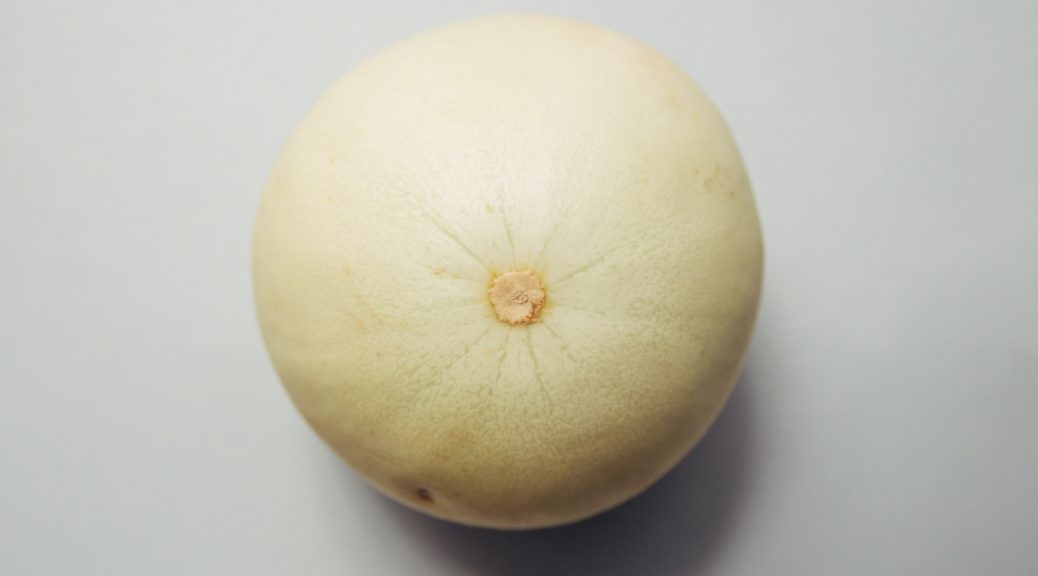Induced Lactation: How the Newman-Goldfarb Protocol was Born
In 2002, the renowned paediatrician Jack Newman and the physician, researcher and IBCLC Lenore Goldfarb laid the groundwork for the Newman-Goldfarb protocol for induced lactation. The goal of their method is to mimic the physiological hormonal situation of pregnancy in order to trigger breast modifications and the postpartum hormonal situation, necessary to achieve milk production and milk let-down. Goldfarb and Newman met in 1999 when the Canadian researcher was looking for a professional to accompany her own lactation induction. The…
